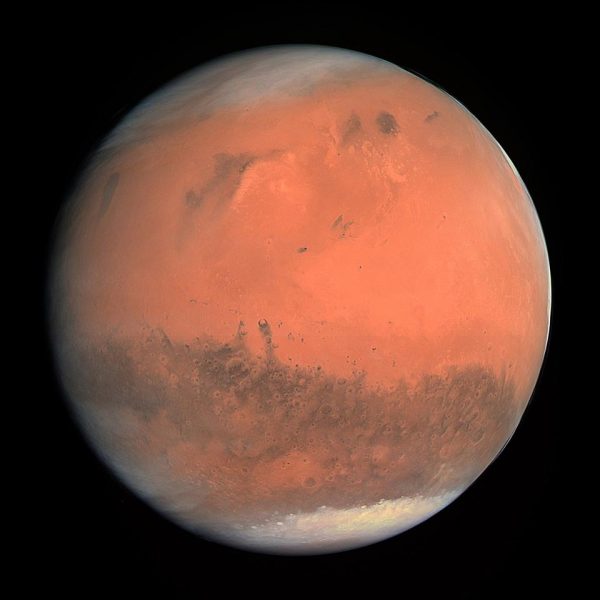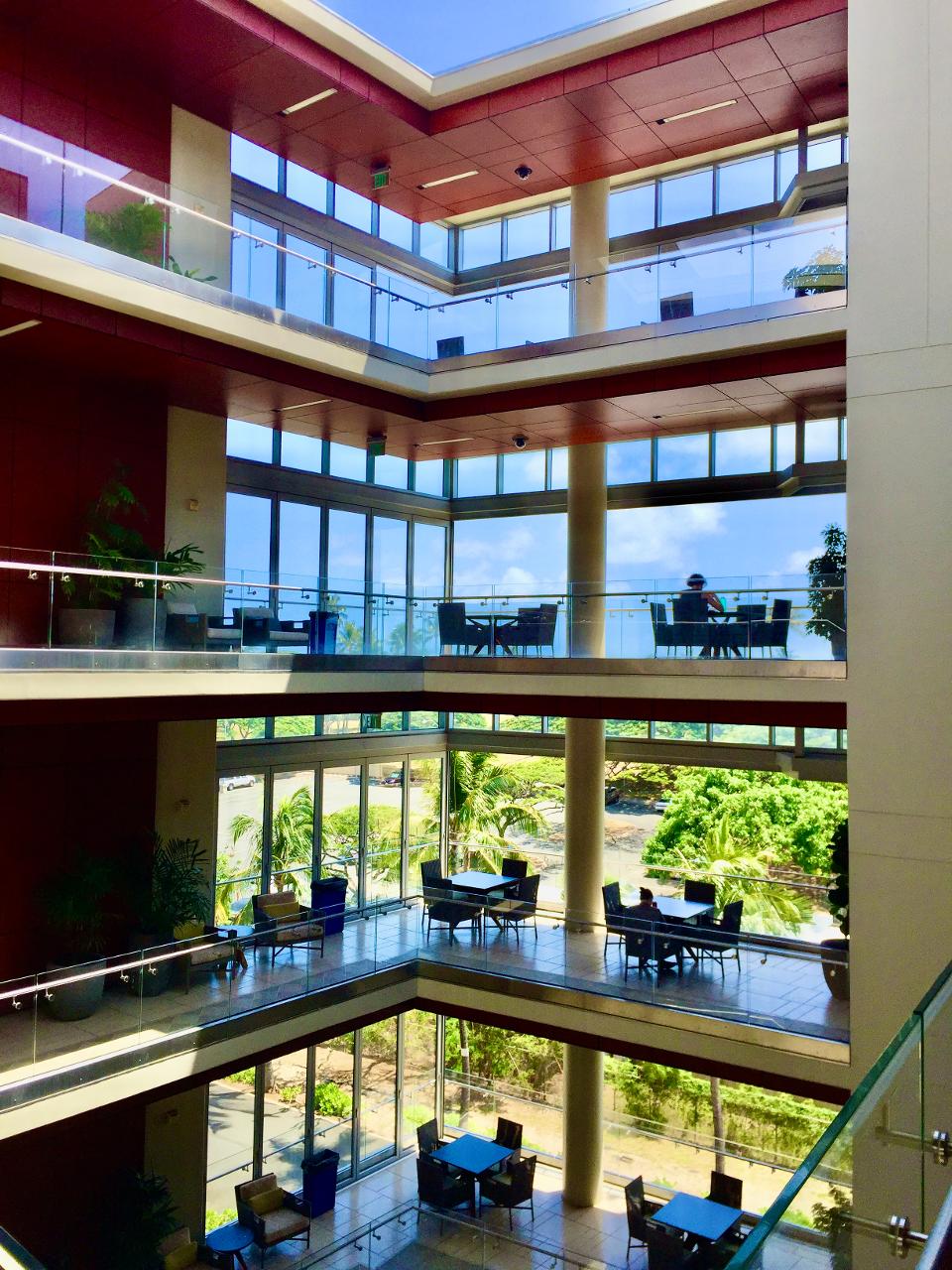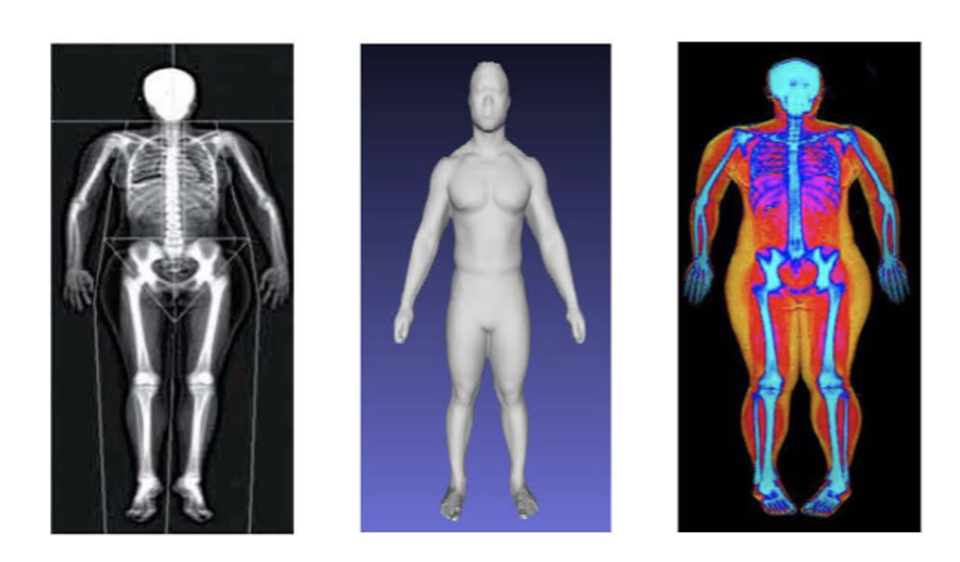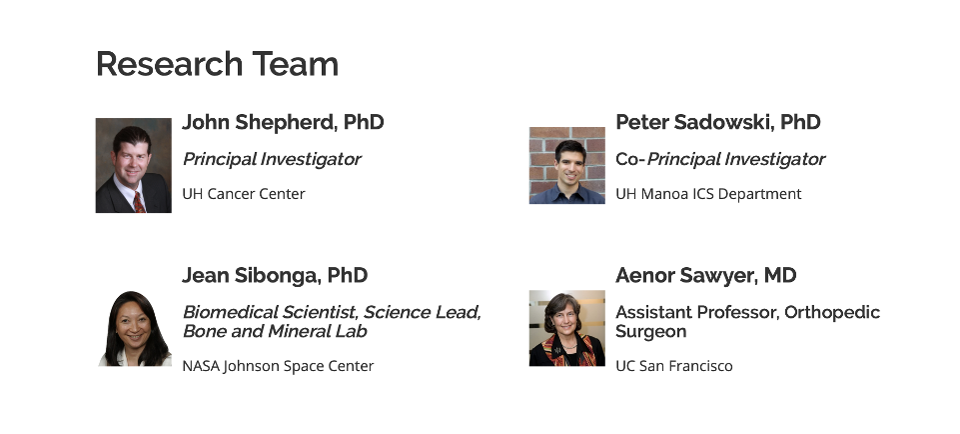How AI Can Help Astronauts Stay Healthy In Space – Forbes

Mars pictured in natural color taken by the Rosetta spacecraft’s Optical, Spectroscopic, and … [+] Infrared Remote Imaging System (OSIRIS).
Wikipedia
Humans have evolved over millions of years to live on Earth. Now humans are planning long duration space missions that will require them to live in space for extended periods of time. NASA plans to send humans to an asteroid by 2025 and to Mars in the 2030s. NASA’s Journey to Mars, the longest manned space mission ever, will require humans to live in space for more than three years. Although astronauts can acclimate to space, long duration space travel stresses the human body and astronauts returning to Earth can experience changes in vision, balance, strength, coordination, and blood pressure.
On Earth, muscles in the human body resist gravity, but in space without gravity, muscles atrophy and astronauts lose muscle mass. As a result of microgravity, astronauts can lose as much as 50% of their muscle mass in less than 6 months. In space, minerals are excreted from the body at higher levels than on Earth causing bone density to drop at a rate of 1% per month. By comparison, the rate of bone loss for an elderly person on Earth is about 1% per year. Astronauts are at risk of developing osteoporosis that could result in fractures and hyperkyphosis. This frailty puts them at a 40% higher risk of falls, 25% higher risk of hip fracture, and 82% higher risk of death.
Astronauts on long-duration space flights need direct feedback on the quality of their muscles and bones. NASA is working with Translational Research Institute for Space Health (TRISH) to develop innovative approaches to keep humans healthy in space. TRISH is a consortium led by Baylor College of Medicine that includes CalTech and MIT. The consortium is using cutting edge biomedical research and implementing a bench-to-spaceflight model to move new advanced methods to astronauts in space.

The AI Precision Health Institute at the University of Hawaiʻi Cancer Center in Honolulu.
Margaretta Colangelo
The ASTRO3DO Study
This year TRISH awarded a grant for a study called the Space-Feasibility Body Composition and Body Shape Analysis for Long Duration Missions (ASTRO3DO) to John Shepherd, PhD at the AI Precision Health Institute (AI-PHI) at the University of Hawai’i Cancer Center. The study is a collaboration between the AI-PHI, NASA, and UCSF. John Shepherd, PhD, co-founder and Principal Investigator of the AI-PHI is known worldwide for his expertise using AI to analyze medical images. Peter Sadowski, PhD, co-founder and co-director of machine learning at the AI-PHI is a preeminent expert in deep learning. Dr. Shepherd and Dr. Sadowski are conducting some of the most advanced AI research in the world. For this study, Dr. Shepherd and Dr. Sadowski are collaborating with Jean Sibonga, PhD, a biomedical scientist and science lead in the bone and mineral lab at the NASA Johnson Space Center, and Aenor Sawyer, MD, an assistant professor and orthopedic surgeon at UCSF in San Francisco.
The most intuitive warning sign of functional decline is change in body shape. Body shape is the product of all omic processes. Researchers at the AI-PHI are studying how body shape information is related to health markers like strength, body composition, and blood biomarkers. 3D optical models can accurately estimate bone and body composition and can be used to monitor frailty risk. Researchers can learn many things by analyzing this data using AI.
The aim of the ASTRO3DO study is to develop breakthrough approaches to help astronauts prepare for long duration space missions such as NASA’s Journey to Mars. The team is designing customized 3D optical scanners using AI to monitor astronauts’ body composition in space. The objective is to determine the optimal performance and space feasibility of 3D optical cameras to collect views of the body, and explore the precision of 3D optical derived total body composition. Dr. Shepherd plans to take what he has learned in his NIH-supported Shape Up! Study and apply it to astronauts. The team will install several small cameras inside the space capsule to collect data. The astronauts will spin while they are floating in space, so their entire body can be captured. Monitoring body shape using 3D scanners provides very valuable feedback about changes in human health and 3D scanners are safe, inexpensive and accessible.

3D optical images are analyzed with AI to measure body composition including fat, lean, and bone … [+] mass.
AI Precision Health Institute
The ASTRO3DO research team will develop breakthrough approaches that reduce risks to human health and performance, and efficient ways for astronauts to monitor and measure bone and muscle mass to help them prepare for even longer exploration missions. Astronauts returning from long-duration flights share frailty characteristics of sarcopenia and cachexia and may even develop osteoporosis while on Mars resulting in vertebral or hip fractures and hyperkyphosis.
The study will monitor frailty risk using 3D optical scans with adjustment for fluid redistribution. Current 3DO models accurately estimate bone and body composition but lack space acclimation experience. To simulate space, Shepherd’s team will perform studies to select hardware, algorithms, and augment models with microgravity analogs, and will build a space-feasible prototype for microgravity testing during parabolic flights. The long-term goal of the study is to create a space-feasible device and method to quantify astronaut fragility and risk of fractures from falls. The central hypothesis is that current 3DO models of body composition can be adapted to space feasible hardware and challenges associated with acclimation to space.

The ASTRO3DO Research Team from AI-PHI, NASA, and UCSF
AI Precision Health Institute
The specific aims of the study are:
- To determine the optimal performance and space feasibility of 3D optical cameras to collect views of the body by characterizing the resolution, framing rate, precision of acquisition, and contrast detail characteristics using anthropomorphic phantoms.
- Explore and identify the accuracy and precision of 3DO derived total body composition (lean, fat, percent fat, BMD), special regions (visceral fat, subcutaneous fat, lumbar spine BMD) and automated anthropometry using pose varied, limited view scanning, analyzed with pose removed, compared to criterion methods (DXA and high resolution 3DO).
- To identify accuracy and precision limitations of 3DO body composition and automated anthropometry due to the effects of space acclimation using surrogate conditions (poses, postures, inverted gravity, inversion boots), buoyancy (underwater) and microgravity (trampoline apex).
- Construct and describe the performance of a space-feasible prototype under microgravity conditions during parabolic flights.
This research is incredibly novel as it will lead to the development of new methods for measuring body composition for astronauts in space who are prone to muscle and bone loss. It also has direct applications to cancer patients who may suffer from a similar condition called cancer cachexia. Measurement of body composition is a relatively new area for cancer research that has direct implications for understanding how obesity and body shape contribute to the development of, and outcomes from, cancer. The results of the ASTRO3DO study will be directly applicable to cancer cachexia research and findings will be utilized to better understand and prevent cancer-related muscle wasting to improve the quality of life for cancer patients. Dr. Shepherd plans to conduct follow up studies with cachexia patients at the University of Hawaiʻi Cancer Center.
Scientists around the world are using the most advanced technologies including AI to enable astronauts to monitor their health, precisely modify their nutrition, and adjust their fitness training to minimize muscle loss in space. As a result of this type of research, one day we may be able to repair damage in the human body associated with the biological aging process, and restore immune system performance to older adults. This research could help humans travel safely to Mars and at the same time could help extend healthy longevity in a very practical way for humans here on Earth.
Margaretta Colangelo serves on the advisory board of the AI Precision Health Institute at the University of Hawaiʻi Cancer Center.






